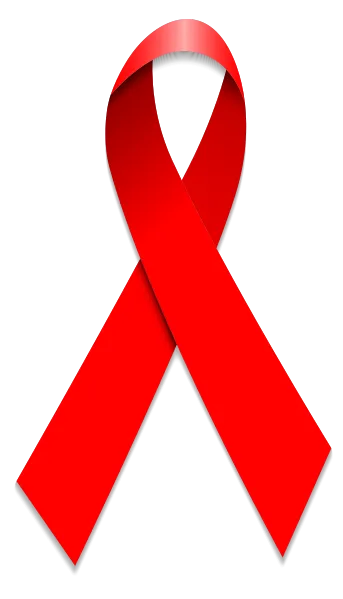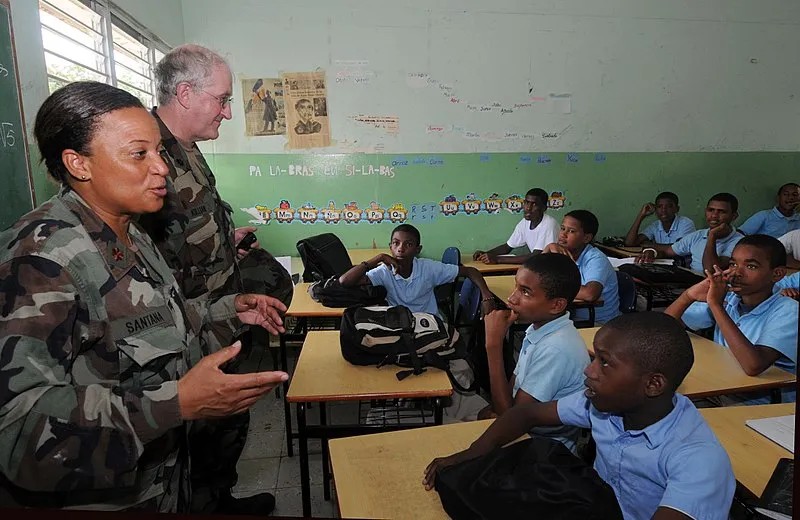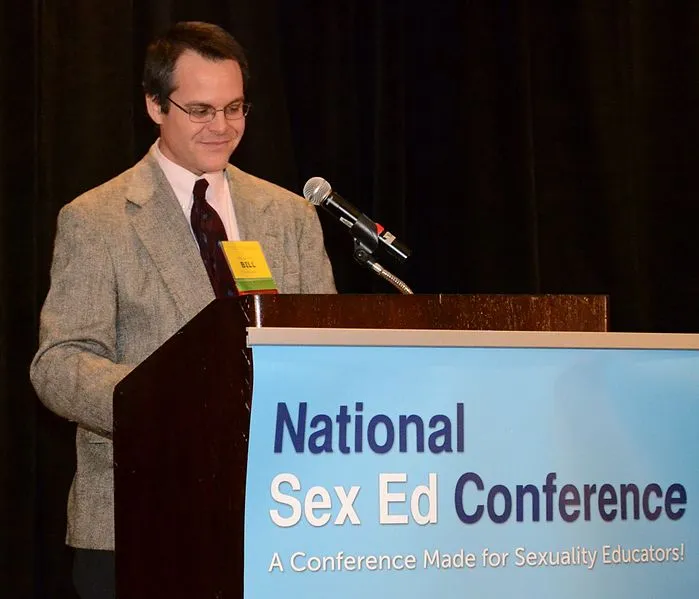Around the world, people hear and learn the skills they needed, for example, how to read and write; what foods are healthy; the importance of washing their hands; safety on the street, building a healthy relationship, dieting etc. But how will they learn the skills needed for safe and happy sex life? How will they learn how to avoid unwanted pregnancy, AIDS and other sexually transmitted diseases (STDS)? Will they learn about condoms? Ultimately, will they be able to get condoms and use them correctly when needed?
The number of people, organisations, communities and even countries that opposed the introduction of sex Education in the school curriculum are on the rise. These opponents claimed that nobody has any business teaching their children about sex. The reason for this might be either because they prefer to teach their children according to their own values or because they object to certain controversial subjects. The consequences of these reactions was revealed in a research which proved that in nine surveys in Africa, Latin, America, and the Caribbean; between one third and two thirds of young men were reported having sex within a month before the survey.
Most of these young men or other sexual partners were using some contraceptive method. In 1979, 66 percent of unmarried young men aged 17 to 19 living in metropolitan areas were sexually active; and only 21 per cent had used condom at last intercourse. Despite the overall increase, those facing the greatest risk, particularly intravenous drug users, used condoms the least. Hence, the need for need for rapid orientation and re-orientation of young people on the subject matter.

Sex Education logo BY Shairyar khan - CC BY 3.0, link
Sexual Health Education
Sex Education is the provision of proper information about bodily development, sex, sexuality, and relationships, along with skills-building to help young people communicate about and make informed decisions regarding sex and their sexual health. It sweeps across disciplines, taking up the biology of reproduction, the psychology of relationships, the sociology of the family, and the sexology of masturbation and massage.
It provides detailed information on puberty and reproduction, abstinence, contraception and condoms, relationships, sexual violence prevention, body image, gender identity and sexual orientation. It seeks not only to reduce health risks to teenagers but also to build self esteem, prevent sexual abuse, promote respect for all kinds of families, and make little boys more nurturant and little girls more assertive.
Unprotected Sexual Activities among Youths
In this modern age, unprotected sexual activity among young people are sobering and the consequences are on the rise day after day. In the United States for example, every 10 adolescent women become pregnant each year and half of all people treated for STDs were under 25. Most societies find it difficult to come to terms with adolescent sexuality. Certainly, abstinence is the best protection against pregnancy and sexually transmitted diseases which should be encouraged. Indeed, to varying degrees, most societies try to discourage sex before marriage

Protected Sex Campaign logo BY Christian Heldt - CC BY 3.0, link
This attitude often expresses itself in a number of ways, some of which are harsh and restrictive especially for women. These include segregating young women from the age of puberty, making female virginity a requirement for marriage, encouraging very early marriage, treating young people rudely and critically when they seek family planning service, legally denying family services to unmarried people, discouraging public discussion of sex and preventing or strictly limiting teaching about sex or contraception in the schools.
Fears of appearing to condone sex outside marriage have shaped some publicly funded HIV/AIDS prevention programmes. Their messages have emphasized sexual abstinence for young people and monogamy for married couples as protection against AIDS while condoms get little or no mention.
For example, in Belgium in 1997, after objections to condom promotion from within the ruling political party, the government’s planned HIV/AIDS prevention campaign was reoriented to focus on monogamy with condoms recommended for those who were not monogamous. A similar compromise took place in the Netherlands.
The Need for Sexual Health Education
It has never been demonstrated that withholding information or services prevents or discourages young people from engaging in sex. Apparently, it only makes sex to occur frequently, thus becoming dangerous. A study carried out in 37 developed countries found that adolescent pregnancy rates were highest in the countries with the most restrictive attitudes about sex.

US Navy give young men a sexual health class during a preventive medicine heal BY Emmitt J. Hawks - CC BY 3.0, link
Efforts are now being made to correct misinformation about sex education in the face of raging controversy. For example, in Zambia in 1998, HIV/AIDS information, education and communication materials (IEC) were not permitted in the schools because they mentioned condoms, but they later realized that it was advisable to sex educate its sexually active youths with necessary materials in view of the high rate of HIV/AIDS among them.
In the United States and the State of Massachusetts, officials were alarmed by a report that the incidence of STDs in adolescent doubled between 1985 and 1990 to one in every seven adolescents each year. State officials have since then launched an aggressive mass media campaign to encourage condom use. Likewise in New York City, which has the highest prevalence of HIV/AIDS among United States youths under the age of 21, the Board of Education in 1991 approved free condoms distribution in all public high schools. Elsewhere in the United States, school based clinics now distribute condoms to students while more are considering it, but objections from some parents and others have so far prevented large-scale programmes.
When is the right time for Sex Education?
The questions at the heart of these controversies are, when should young people get information about sex and condoms and from whom? From a public health point of view, the answeres are clear; as soon as young people know about sex, they can learn about condoms. They can learn from not just one source but from every one who can and will give accurate and close information.
Therefore, parents, faith-based organisations, opinion and community leaders, teachers, and the mass media have greater role to play in adolescent reproductive health information. Education and Communication is necessary especially in developing countries where the subject of sex is discussed in hushed tones, whine hypocrisy, self deception, dishonesty and pretence have held sway.

Bill Taverner speaking at the National Sex Ed Conference BY Bill Tavern - CC BY 3.0, link
Experience and research have shown that adolescent and even adults are interested in sex education, but a lot of external factors and the fear of being led astray from their peers who are naïve about what sexuality entails denied them of being rightly informed. Unfortunately, government and non-governmental efforts in ensuring that sex education is taught in schools and institutions are not yielding desired impact as teenage pregnancies, STDs and HIV/AIDS are on the increase.
Along with parental and community support, it can help young people: Avoid negative health consequences. Communicate about sexuality and sexual health, Understand healthy and unhealthy relationships, Understand, value, and feel autonomy over their bodies, Respect others’ right to bodily autonomy, Protect their academic success and Show dignity and respect for all people, regardless of sexual orientation or gender identity.
Conclusion
Clearly, young people need guidance and encouragement to postpone sex and to avoid risky sexual behavior. But it is time for society to recognize that the health and even the lives of its young people must not be sacrificed in an attempt to prevent their sexual activity.
All Images Used In This Article, Are Linked To The Respective Owners
Thank you for reading
|References|
If you write STEM (Science, Technology, Engineering, and Mathematics) related posts, consider joining #steemSTEM on discord here. If you are from Nigeria, you may want to include the #stemng tag in your post. You can visit this blog by @stemng for more details. You can also check this blog post by @steemstem here and this guidelines here for help on how to be a member of @steemstem. Please also check this blog post from @steemstem on proper use of images devoid of copyright issues here
